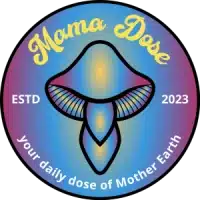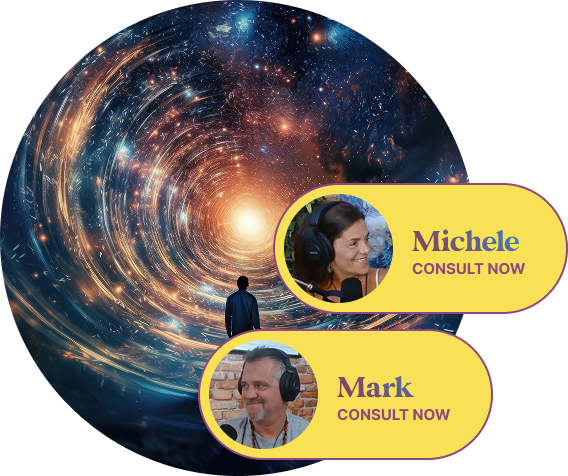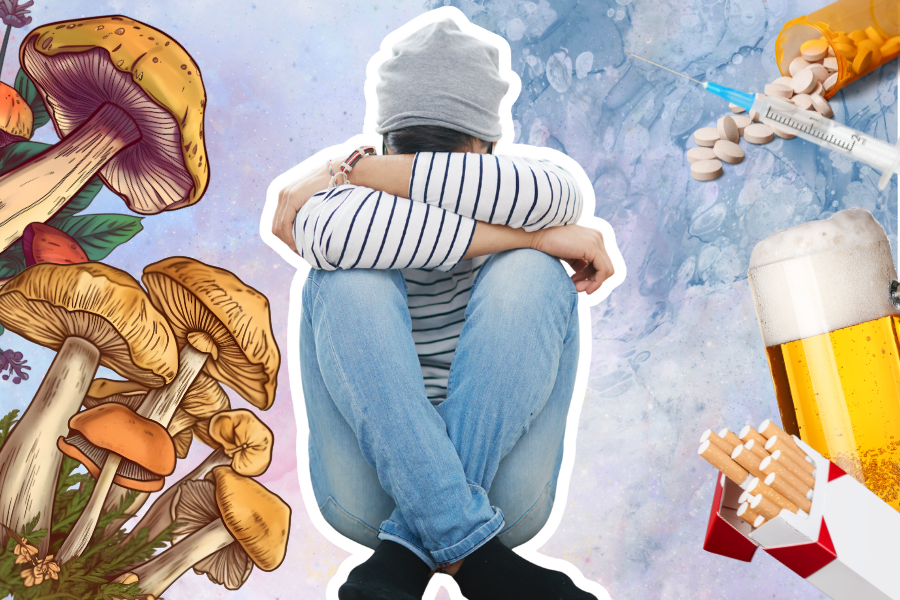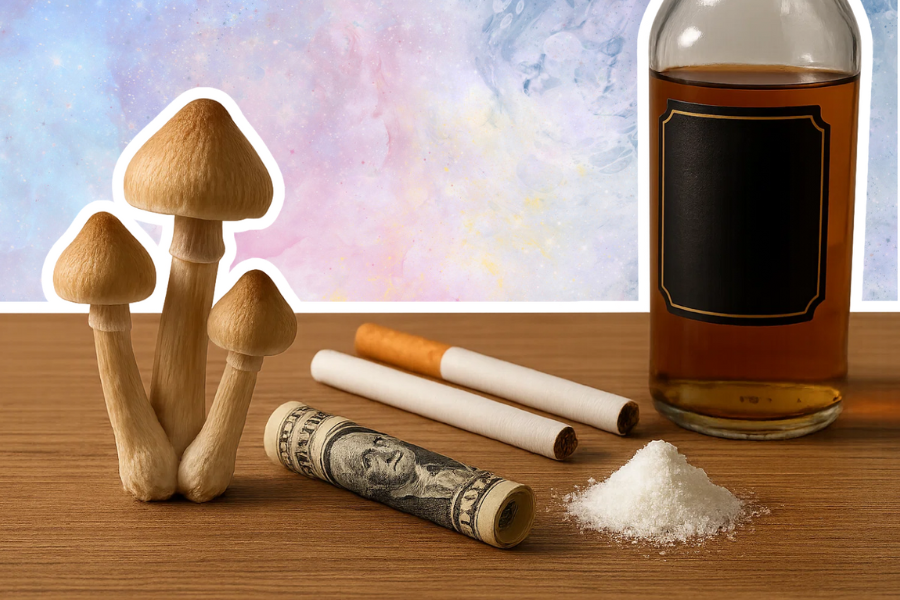

Table of Contents
Toggle
There’s a certain irony in the idea that a “drug” could help free people from drugs. Yet, that’s exactly what researchers, therapists, and even those deep in recovery circles are starting to explore the potential of psilocybin to interrupt addictive patterns. For decades, addiction has been framed as a chronic disease of the brain, a condition of relapse and resistance. But psilocybin offers a radically different lens. Instead of suppressing symptoms, it seems to repattern them, rewiring the mental circuitry that traps people in cycles of craving. Science is beginning to catch up to what some Indigenous cultures have known for centuries: that altered states, when approached with intention and respect, can heal the roots of disconnection that often fuel addiction.
The numbers are grim. In the U.S. alone, over 100,000 people died from drug overdoses last year. It’s a staggering reflection of a society drowning in pain. Traditional treatments, while lifesaving for many, often fall short. Relapse rates remain high, and the emotional terrain of recovery can feel like walking barefoot over glass.
That’s why psilocybin has captured so much attention in recent years. In a 2022 study published in Scientific Reports, researchers analyzed data from more than 200,000 participants and found a correlation between lifetime psilocybin use and a lower risk of opioid use disorder. It wasn’t proof of causation, but it was a spark. Other small clinical trials have echoed similar findings, suggesting psilocybin may help people break free not just from opioids, but from cigarettes, alcohol, and even compulsive thought patterns.
Albert Garcia-Romeu at Johns Hopkins University co-authored one of the most famous of these studies: participants received two to three guided psilocybin sessions as part of smoking cessation therapy. More than 80% had quit six months later, and two-thirds remained smoke-free after a year. Numbers like that are almost unheard of in addiction science. Still, psilocybin isn’t a miracle cure. The key seems to be context. The same compound that can open the heart and mind can also overwhelm if used carelessly.
Neuroscientists often describe psilocybin as a “reset button” for the brain. Under its influence, the brain’s usual communication patterns loosen. Areas that rarely interact begin talking; others that are overly rigid, like the default mode network (linked to rumination and ego identity), quiet down.
A study published in 2022 used brain imaging to show how psilocybin increases global connectivity while reducing repetitive loops associated with depression. This same flexibility, known as neuroplasticity, may be what helps people break free from the cognitive ruts of addiction. Addiction, at its core, is a story of narrowing: narrowing of attention, of behavior, of possibility. Psilocybin seems to widen the frame again. It doesn’t erase the craving; it changes the relationship to it. People often describe seeing their addictive patterns with new clarity, as if stepping outside the loop for the first time.
One researcher called it “a neurological breath of fresh air.” Another likened it to defragmenting a hard drive, only the data being reorganized is one’s memories, fears, and self-beliefs.
Science can map brain activity, but it struggles to quantify awe, surrender, or the feeling of touching something larger than oneself. Yet, those experiences appear central to psilocybin’s potential for addiction treatment.
In clinical trials, participants often report a “mystical-type experience,” a term researchers use with surprising seriousness. During these sessions, people may relive buried traumas, reconcile with lost loved ones, or encounter what they describe as a higher intelligence or inner guide. Regardless of interpretation, the common denominator is a profound sense of connection, something addiction relentlessly erodes.
Psychologists suggest that this deep emotional catharsis, paired with neurochemical changes, can help reset one’s behavioral compass. Instead of being driven by avoidance (“I need to escape this pain”), people begin to move toward meaning (“I want to live differently”). This is why psilocybin therapy usually includes integration work, sessions where the insights from the journey are unpacked and woven into daily life. Without that grounding, the medicine’s messages can fade like dreams upon waking.

Unlike traditional antidepressants or anti-craving medications that require daily dosing, psilocybin often has lasting effects after just one or two experiences. Instead of suppressing symptoms, psilocybin catalyzes an inner process, something akin to an emotional detox. It doesn’t do the work for the person, but it can open a window through which transformation becomes possible.
Participants often describe it like this:
A cigarette suddenly feels foreign, like holding a ghost of an old self.
Alcohol loses its charm because the emptiness it used to fill is now illuminated.
The compulsion to escape softens, not from willpower, but from understanding.
These shifts, while subjective, reflect measurable neurological changes: increased serotonin receptor activity, enhanced emotional processing, and a temporary quieting of the ego-driven chatter that fuels craving.
For all its promise, psilocybin isn’t without risks. Even in guided settings, some participants experience panic, paranoia, or emotional overwhelm also known as the bad trip. Those with a history of psychosis or certain mental health conditions are typically excluded from clinical trials due to the potential for destabilization.
Then there’s the cultural and ethical complexity. Western science is racing to patent and commercialize psilocybin, yet many Indigenous cultures have long worked with sacred fungi as teachers and healers. Ignoring those roots risks repeating the same extractive patterns that have long plagued medicine and spirituality. Psilocybin is not yet an FDA-approved treatment for addiction, and clinical research remains in its early stages. Much of the evidence so far comes from small studies with highly controlled environments and extensive psychological support.
Outside of those settings, things get messy. A person seeking healing might take mushrooms alone, without guidance, hoping for salvation, and end up unmoored instead.
That’s why the emerging field of psychedelic harm reduction is so important. It’s not about discouraging use, but encouraging wisdom. Screening for mental health risks, creating safe environments, and focusing on integration afterward. Because in the wrong context, the same medicine that liberates can also confuse or retraumatize.
Maybe psilocybin’s greatest gift isn’t in “curing” addiction but in reminding people they aren’t broken to begin with. Beneath the chaos of dependency lies a longing for freedom, belonging, and meaning, needs that no pill alone can meet. Science can measure neurotransmitters and map brain scans, but the essence of transformation often defies quantification. As one therapist put it, “It’s not that mushrooms make people quit. They make people remember who they are.” And perhaps that’s the real medicine. An ancient mushroom helping humanity relearn the art of wholeness in a world that keeps forgetting.
Invite your friends and earn a discount on your next purchase. Your friend also earns a discount! Get started now, by sharing your referral link with your friends.
This item is currently out of stock!
By adding it to your cart, you confirm a backorder purchase, and we will ship it as soon as it becomes available.